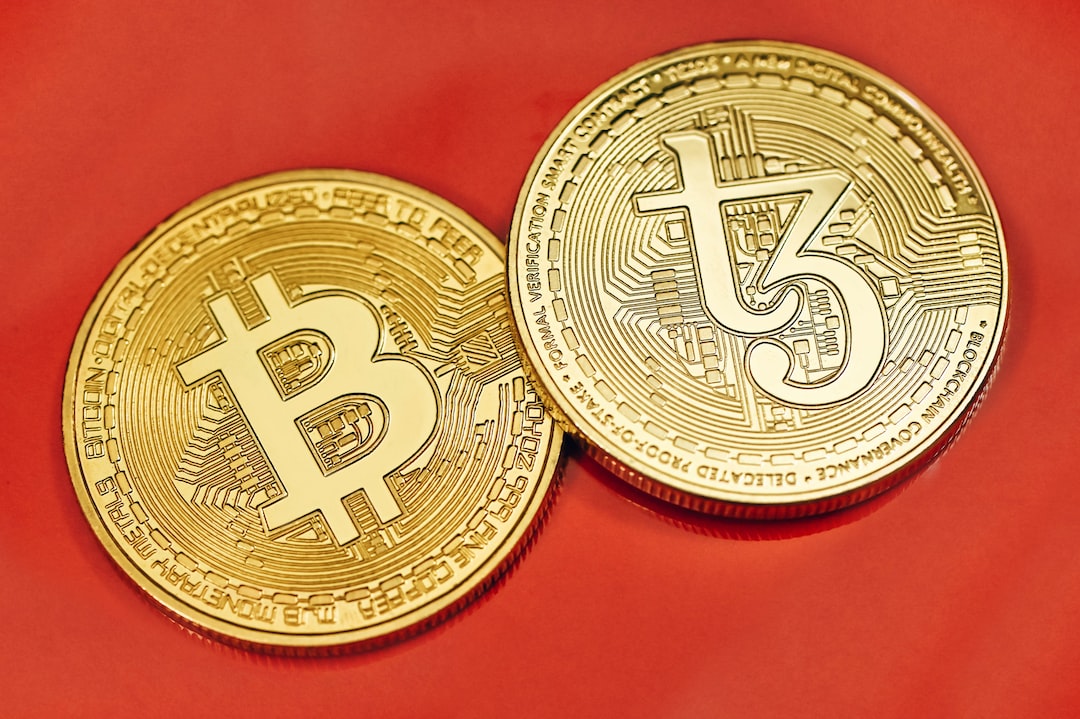Domino’s Slashes Prices to Compete with Smaller Rivals
Domino’s, the largest pizza chain in India, has reduced the prices of its large pizzas by almost half in order to compete with smaller and newer competitors such as Tossin, GoPizza, Leo’s Pizzeria, MojoPizza, Ovenstory, and La Pino’z. This move reflects the growing trend of local players challenging established brands and even surpassing them in certain markets within the fast-moving consumer goods industry. Now, this trend is expanding to quick-service restaurants (QSRs) in India.
Epic Price Drop on Large Pizzas
Domino’s recently sent messages to its subscribers announcing an “epic price drop on large pizzas.” The chain disclosed that the prices of vegetarian large pizzas have been reduced from Rs 799 to Rs 499, while non-vegetarian large pizzas now cost Rs 549 instead of Rs 919. The company emphasized that customers would be able to pay less and get more value for their money.
The Response from Established Brands
Other major brands like Burger King, Pizza Hut, and KFC are also experiencing slowing sales due to increased hyperlocal competition and consumer preference for lower-priced options amidst inflation. In response, these larger brands are lowering their prices, introducing products at significantly cheaper rates compared to existing ones, and expanding into untapped cities to attract new customers.
The Strategy of Pizza Hut
Pizza Hut, owned by Yum Brands, is focusing on expanding into markets with a population of over one million. The chain is actively promoting its flavor fun range priced at Rs 79, which is currently its lowest-priced product after being reduced from Rs 200.
The Rise of Smaller QSRs
The emergence of smaller QSRs is driven by cost economics, as these new brands prioritize cost control and targeted marketing. Additionally, they utilize social media to create “fan clubs” and engage with customers. The lower food costs associated with pizza-centric brands make their store economics more manageable, leading to rapid growth.
Challenges Faced by QSR Brands
Most QSR brands are still recovering from the impact of the COVID-19 pandemic on customer traffic. They are also struggling to tap into the purchasing power of Generation Z. For example, Domino’s currently receives 13.5% of its sales from Generation Z, while McDonald’s gets 21%. The pizza market is becoming increasingly competitive, with regional chains accounting for approximately 30% of all outlets.
Conclusion: Riding Through Challenges
The Indian consumer discretionary spending landscape is facing challenges, but companies like Burman Hospitality (operator of Taco Bell) and RBA India (operator of Burger King) remain optimistic. They aim to navigate through these difficulties and maintain their position in the market by offering value-for-money meal options at competitive prices.
Hot Take: The Battle for Pizza Dominance in India
In a highly cluttered pizza market in India, local players are giving established brands a run for their money. With aggressive pricing strategies and innovative marketing techniques, these smaller competitors are capturing market share and challenging the dominance of major pizza chains like Domino’s and Pizza Hut. As consumer preferences shift towards affordable options, established brands have been forced to respond by slashing prices and expanding into untapped markets. This battle for pizza dominance shows that the fast-moving consumer goods industry is evolving rapidly, with local players disrupting traditional market dynamics.





 By
By
 By
By
 By
By

 By
By
 By
By